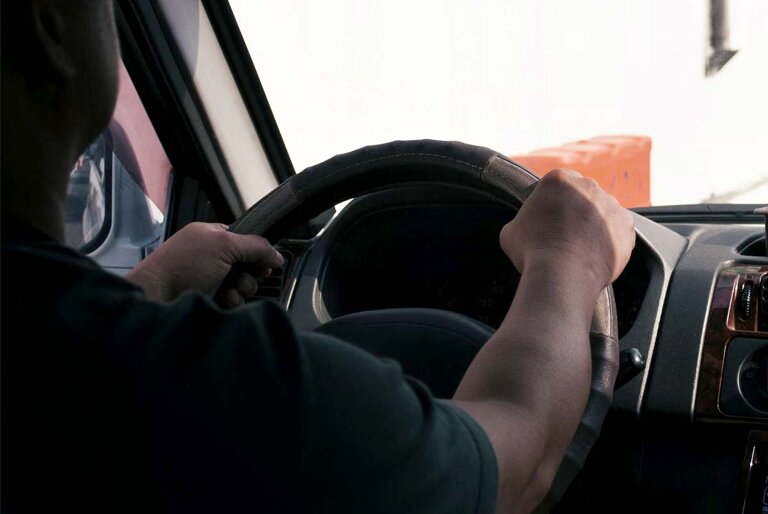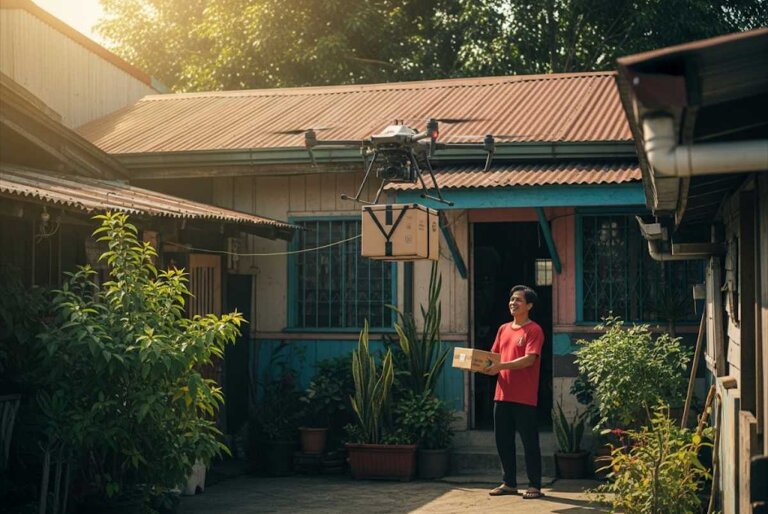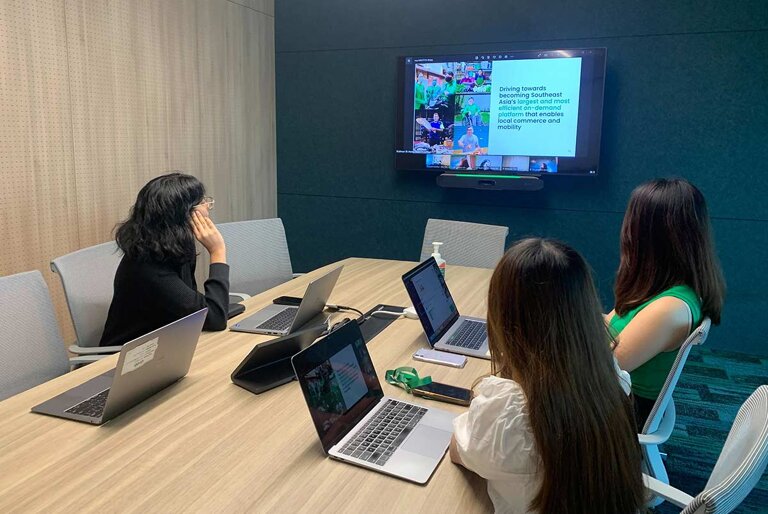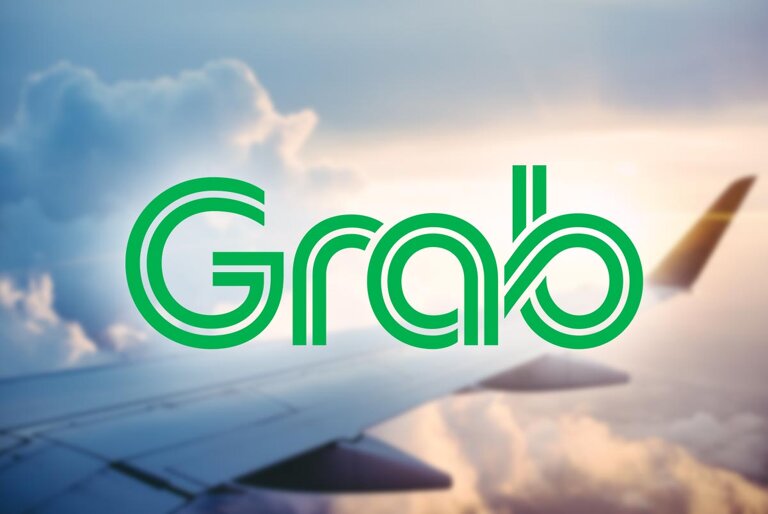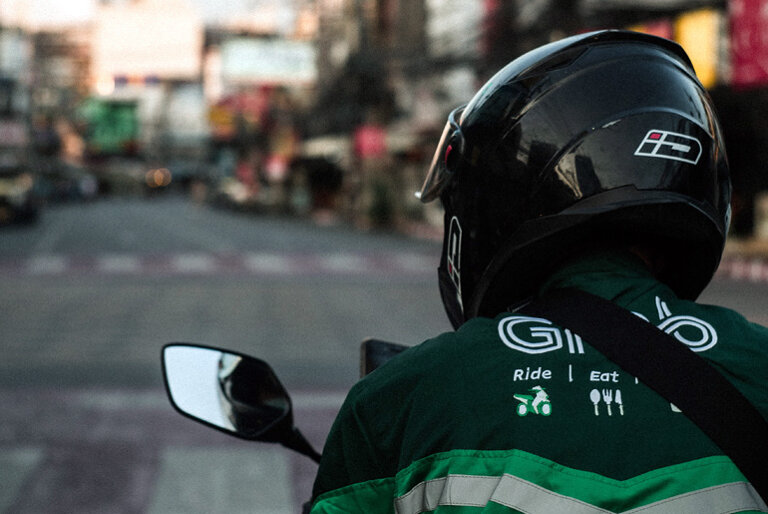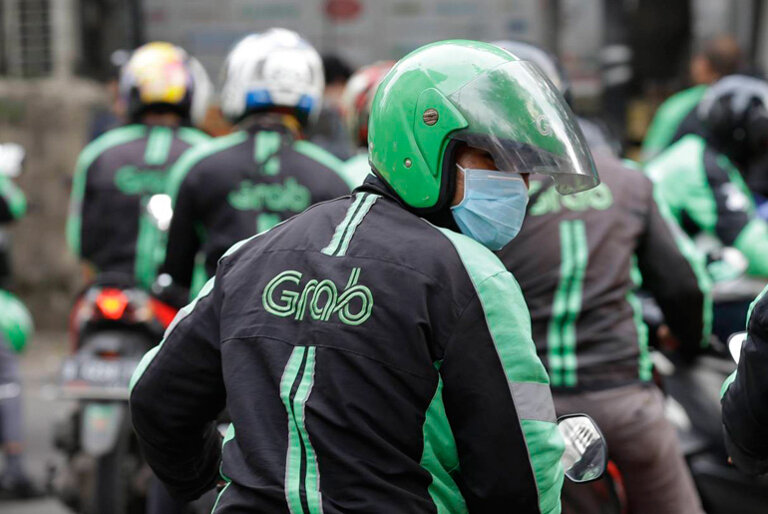The Christmas season is in full swing. As traffic swells, users of ride-hailing service Grab are all too familiar with surge fees. But what exactly are these fees, and where does the money go?
Surge pricing is a common practice in the ride-hailing industry, designed to incentivize drivers to work during periods of high demand. According to Grab Philippines head of public affairs, Gio Tingson, more than 80% of surge fees go directly to drivers to encourage them to continue providing service, especially during rush hour and holidays.
While surge fees can sometimes double the usual fare, Tingson emphasized that Grab is committed to complying with any new regulations set by the LTFRB. The agency recently announced plans to reduce surge rates by up to 50%, a move that Grab is prepared to implement.
To help passengers save on fares, Grab offers alternative options like group rides and saver options, which often involve longer wait times.
To address the anticipated surge in demand during the holiday season, the LTFRB has added 5,000 new slots for ride-hailing services in Metro Manila. The agency hopes this will alleviate surge pricing, particularly during peak hours.


